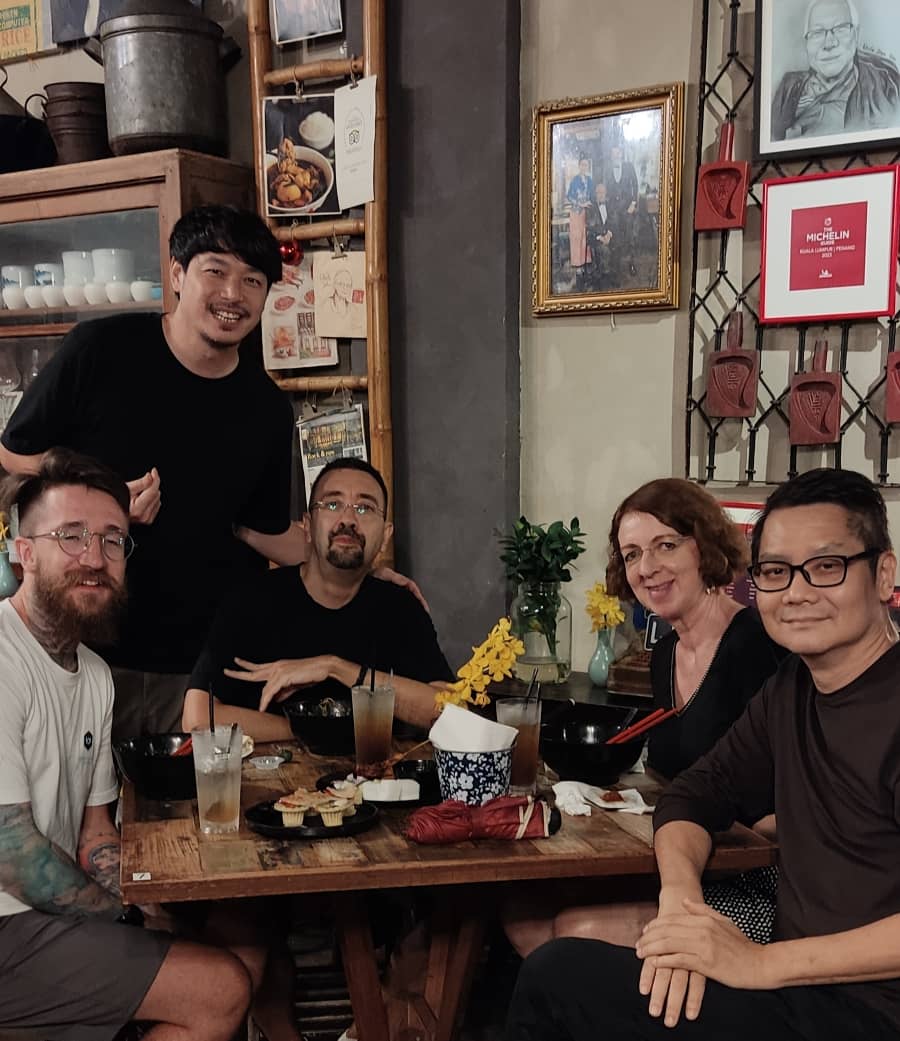It’s not often that I get invited to a restaurant owned by a former male model, but on Friday evening my friend Ken, an expert in Peranakan cuisine, invited me to try a new restaurant, Limapulo, which belongs to his friend Alan Yun.
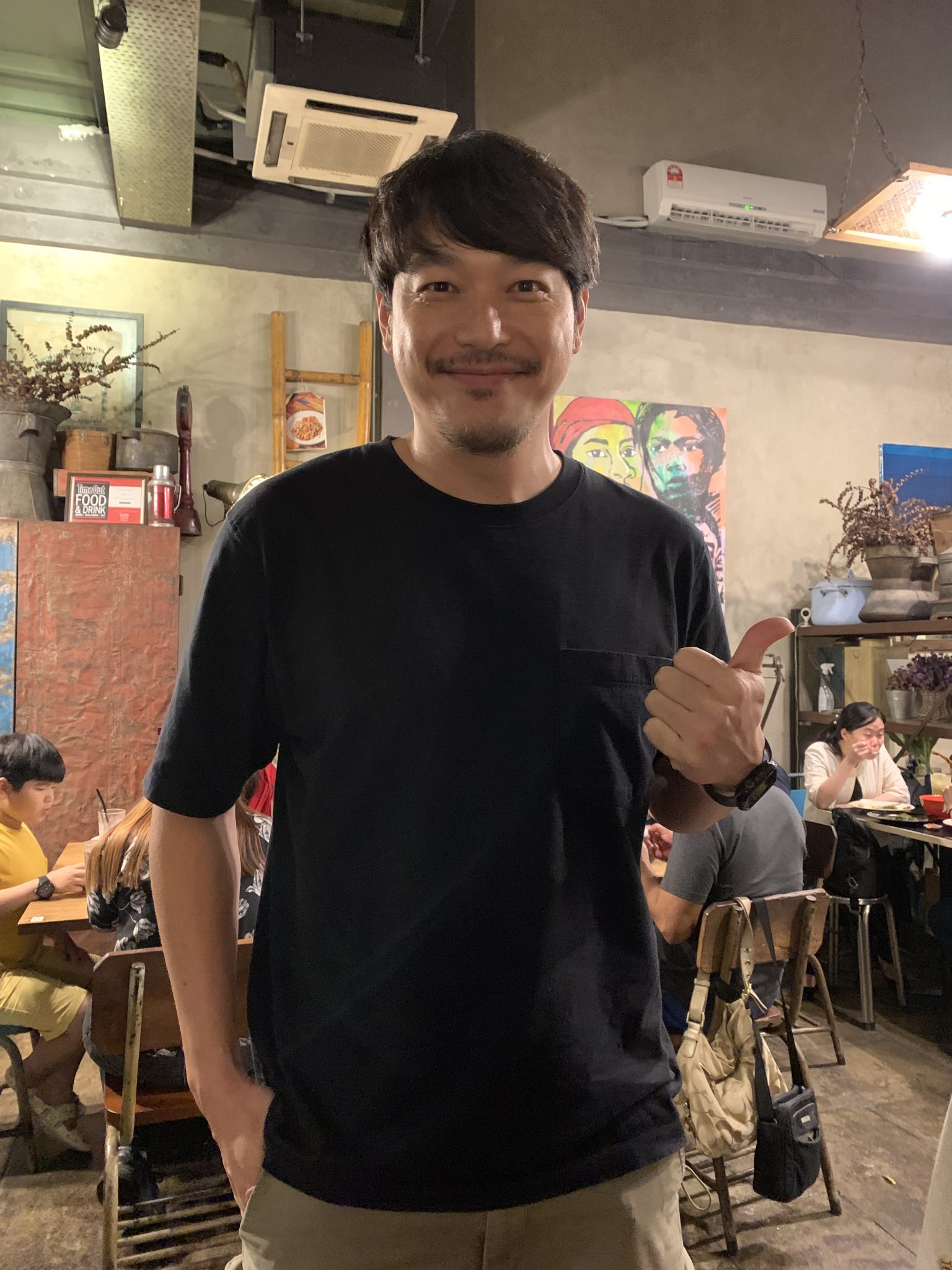
Limapulo specialises in a unique mix of Malay and Chinese cooking called Peranakan, which developed in the Fifteenth Century when Chinese traders came to Malaysia and Singapore and married the local Malay women. It fuses Chinese ingredients with Malay cooking techniques and spices.
When I visited the Peranakan Museum in Malacca several years ago, I remember learning that the preparation of Peranakan dishes is extremely time-consuming, and the women would spend most of the day cooking. Peranakan women are called Nyonya and the men are called Baba, and Alan has given his restaurant the tagline Baba Can Cook, to show that the modern Peranakan man isn’t afraid to put his pinny on and get down and dirty in the kitchen. All his recipes are a closely guarded family secret and were handed down to Alan by his godfather, Uncle John, another man who didn’t mind a bit of hands-on chopping, mixing and grinding, in the name of gastronomy.
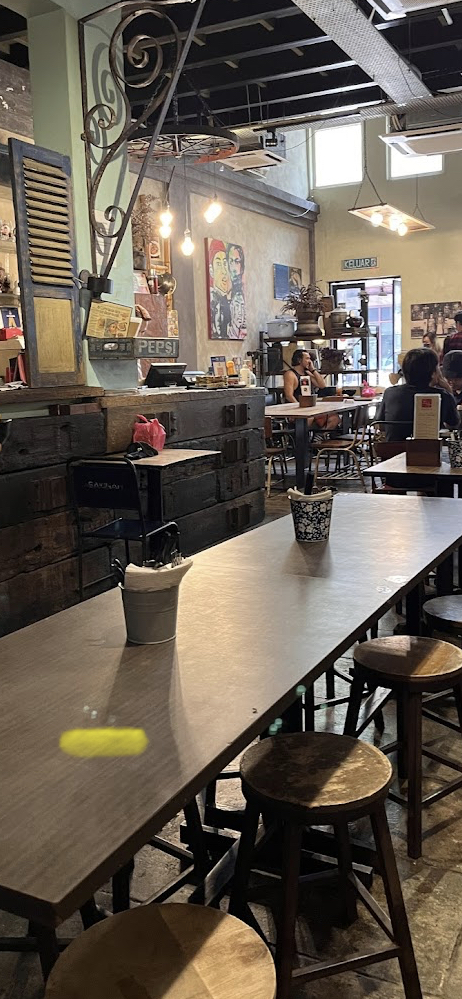
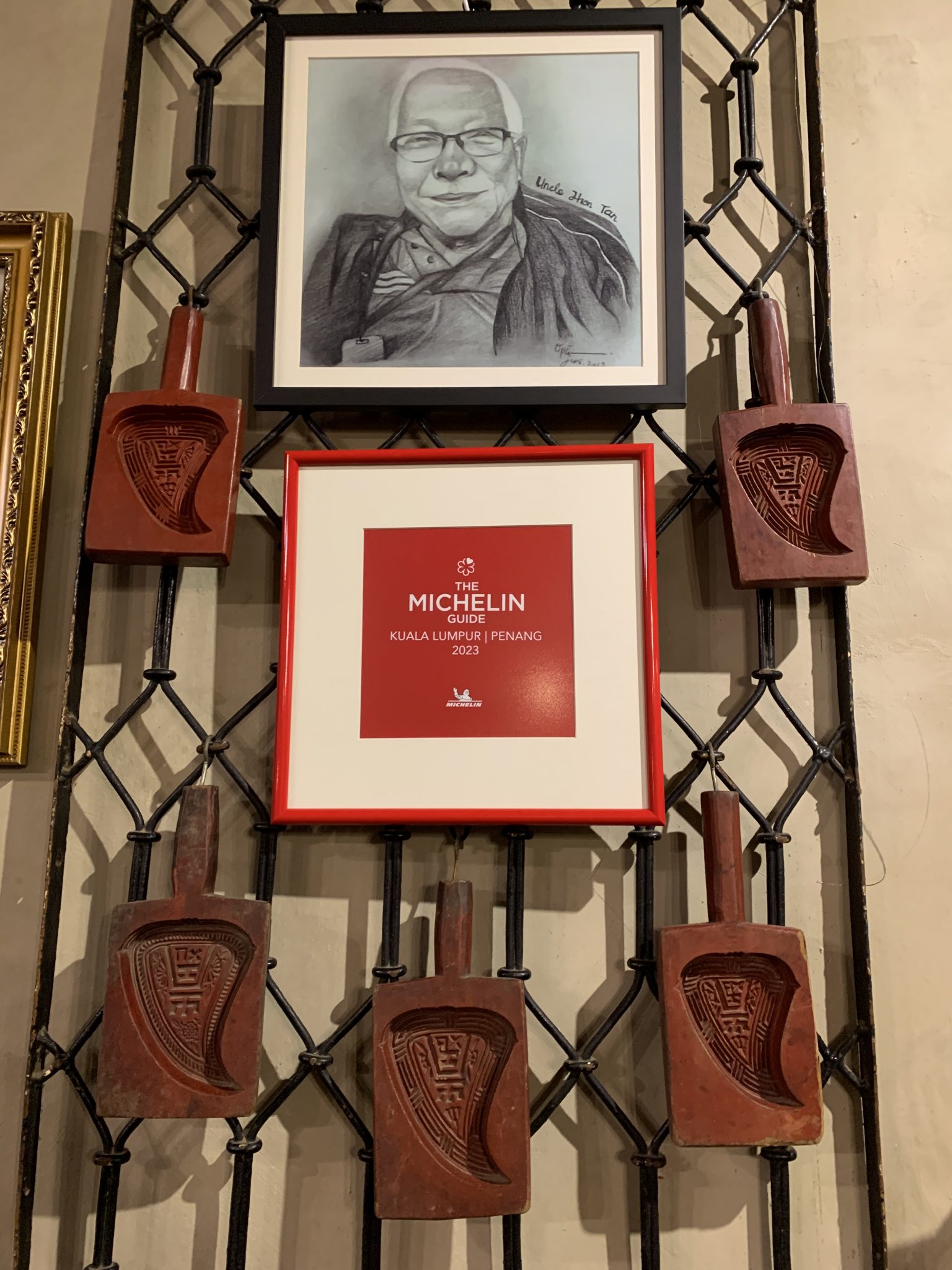
Laksa is the signature dish at Limapulo, and it’s made the special Peranakan way with lots of coconut milk, ginger, turmeric and chilli. It takes four hours to prepare from scratch every day, and it always sells out … and it was absolutely delicious!

Everything in the restaurant is cooked from scratch, and the spices all come from the local market. Alan explained that all the dishes are cooked until pecah minyak. Apparently there’s no equivalent English phrase, but it means that you cook something until the oil splits and it becomes aromatic.
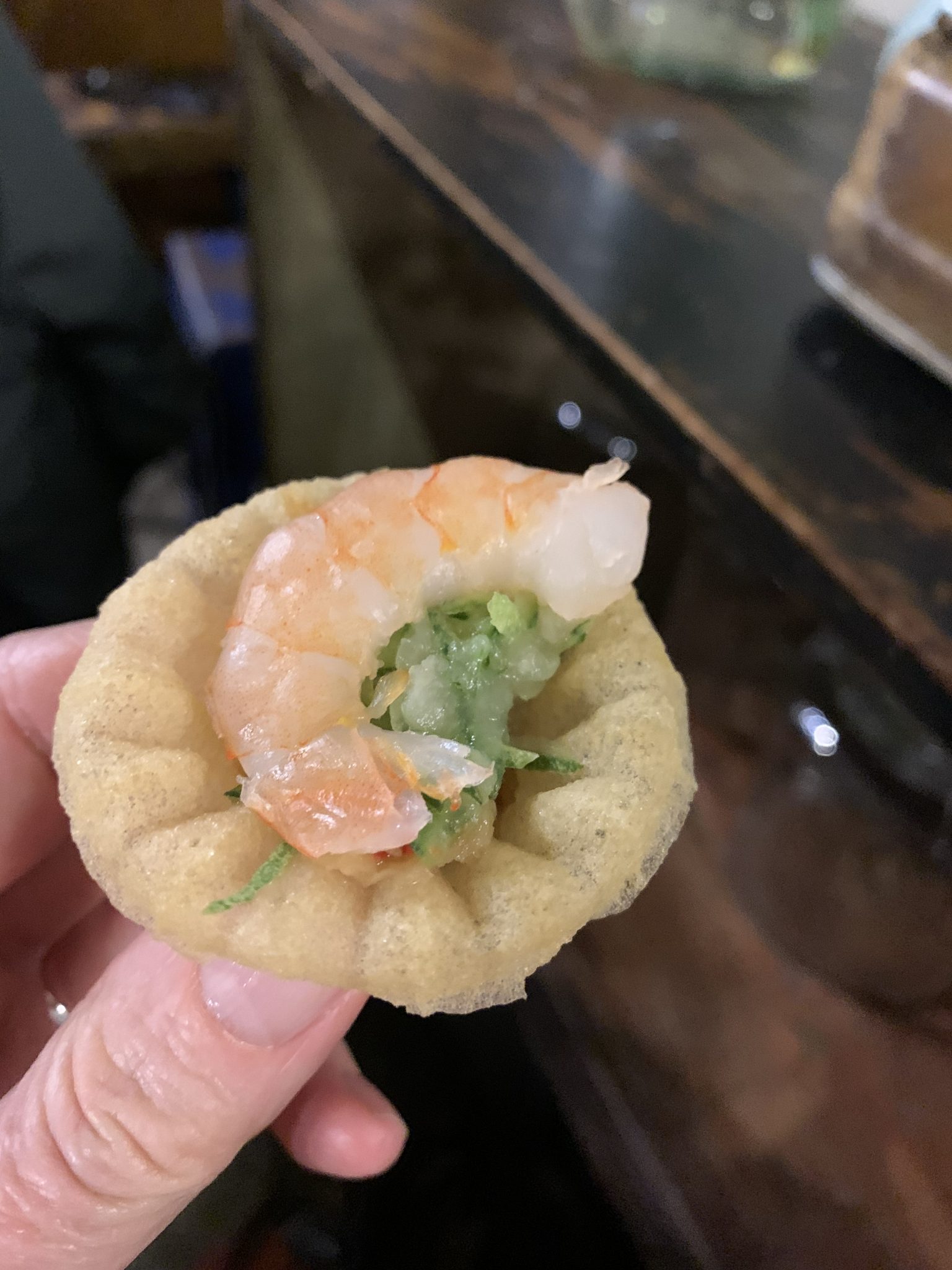
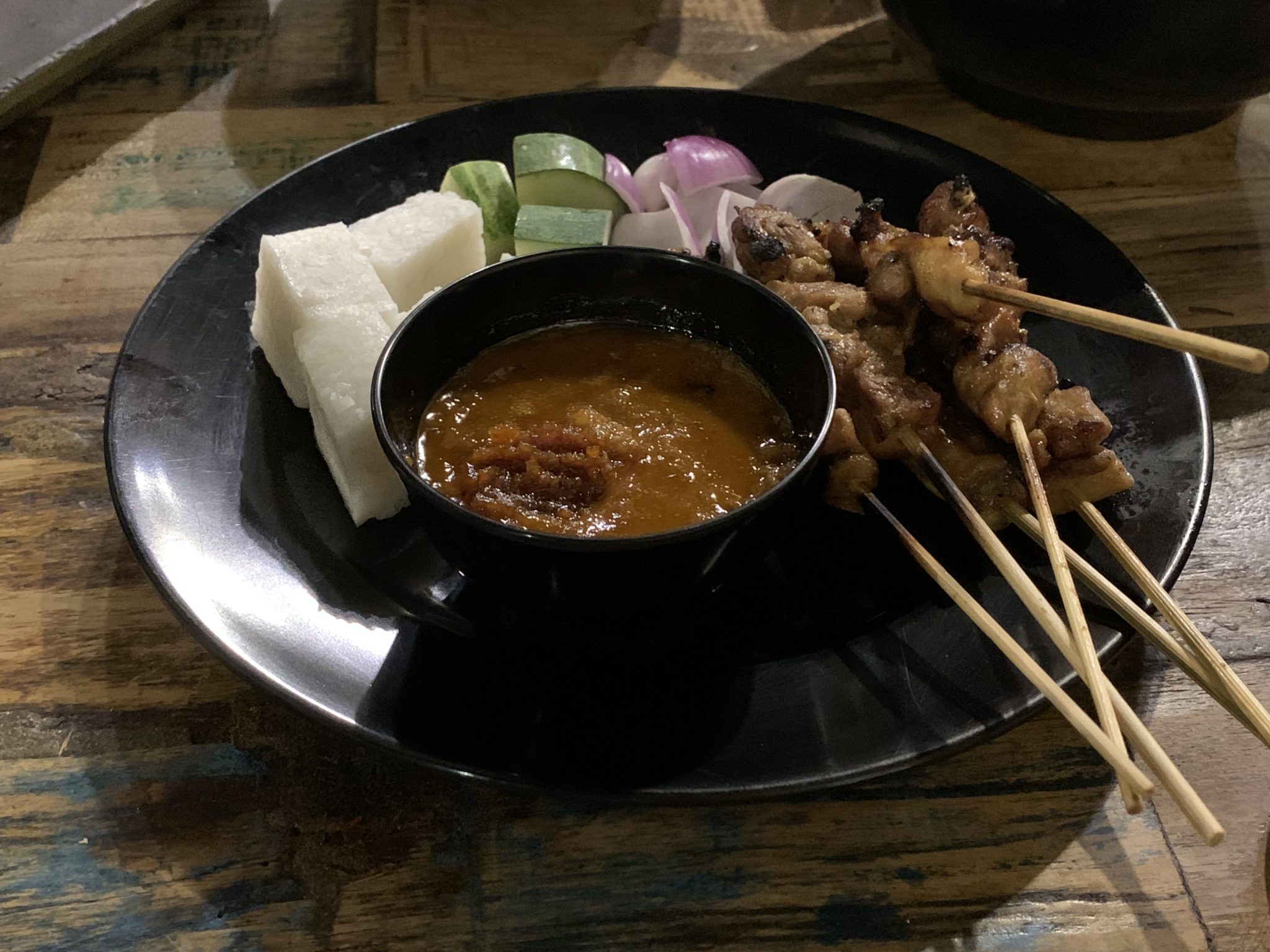
Pai Tee looks like an inverted top hat and is served cold and crispy, whilst the satay are served hot with cucumber, onion, pressed rice and the sweet, tangy sauce.
Malaysians have a very sweet tooth, and a popular dessert is made from sago, palm sugar and coconut milk. Unlike the sago I remember from school dinners, where the little globules floated around in the sauce like frog spawn, the sago here is pressed into a mould and then turned out and served with the sweet sauce.
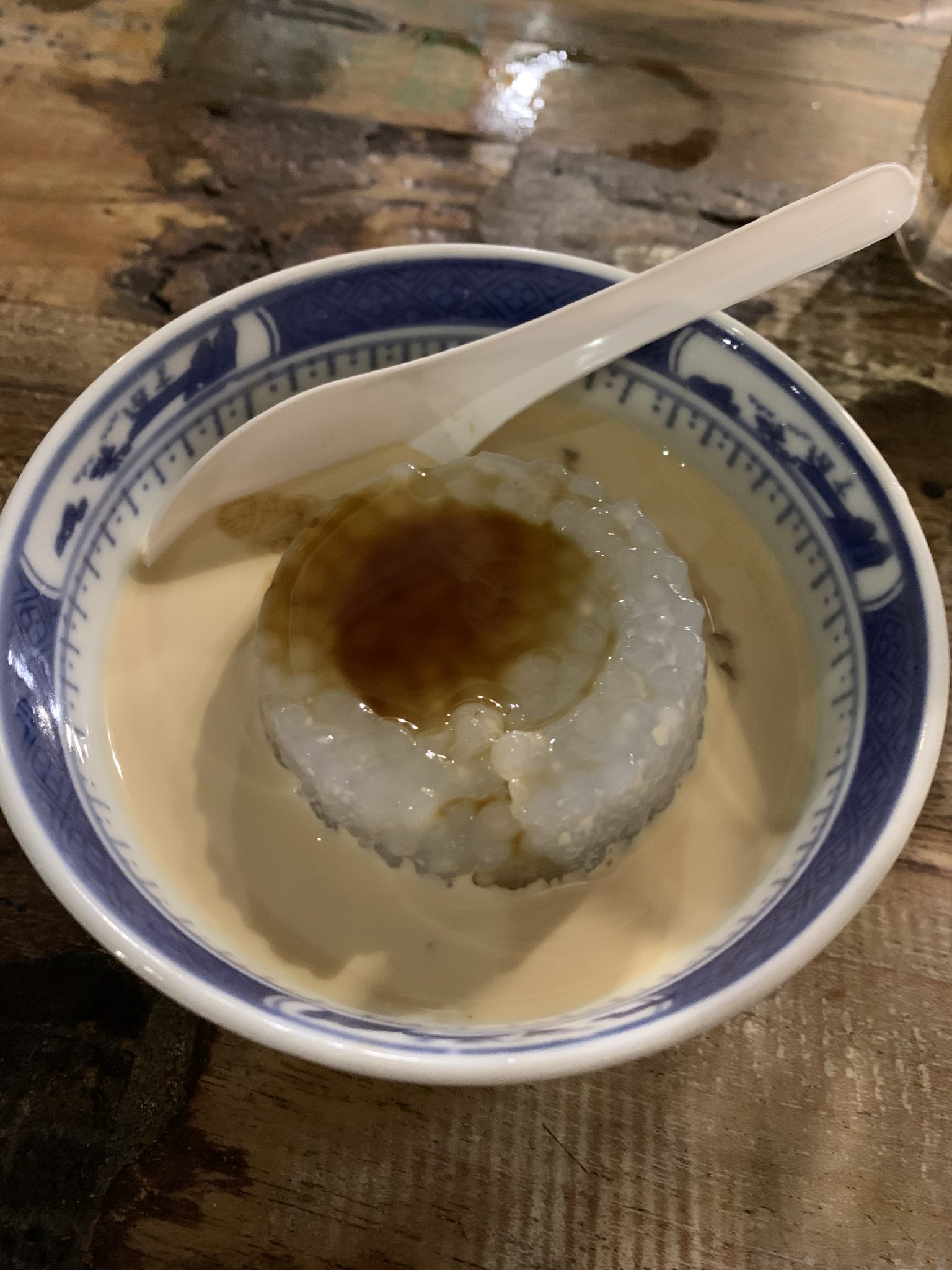
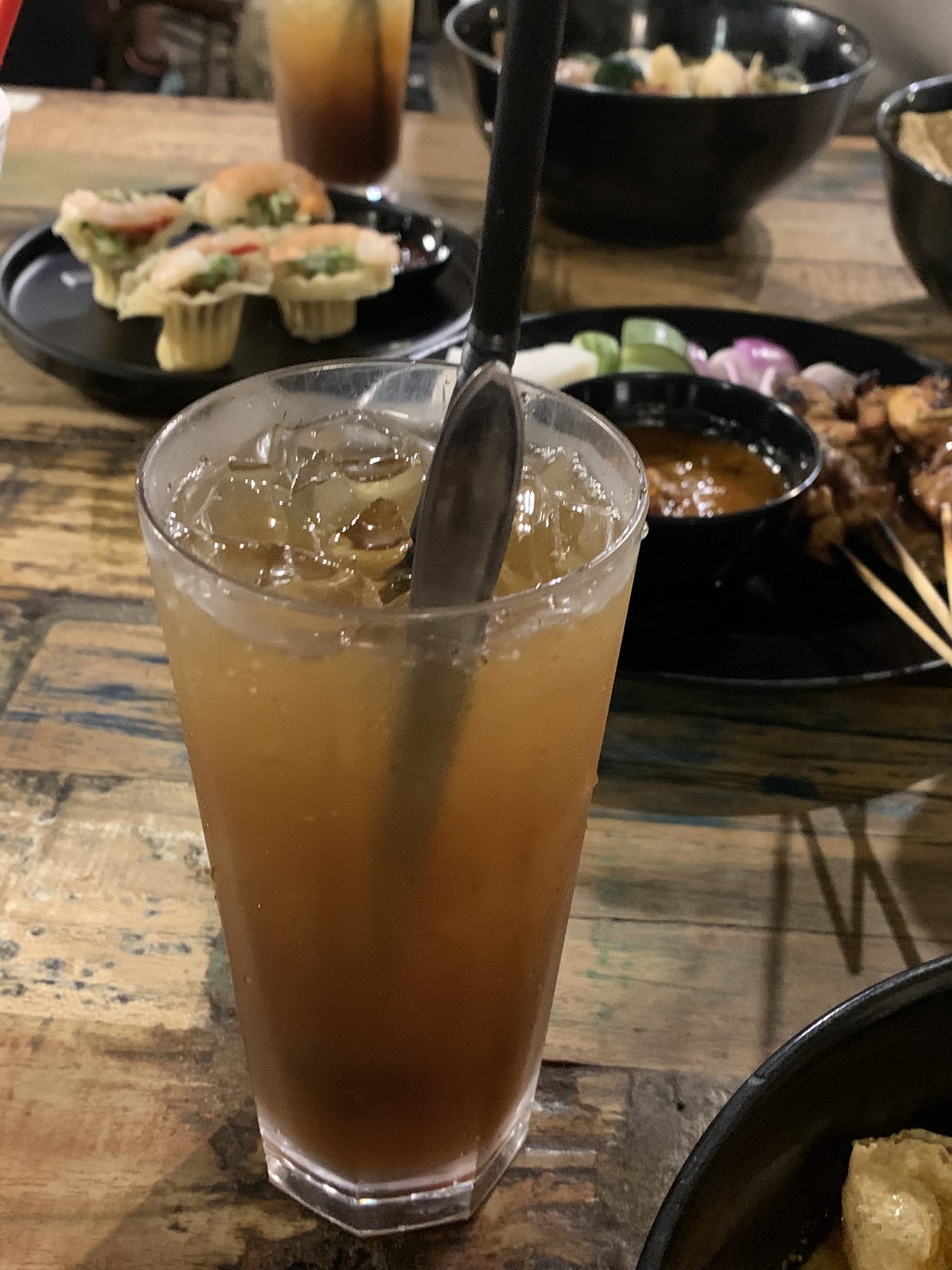
It was a fabulous meal, and so nice to try something made with love and integrity, and which also has centuries of history behind it. Alan decided to start a restaurant to keep his godfather’s legacy going, and I’m sure Uncle John would feel that Alan is doing him proud.
Limapulo: Baba Can Cook, 50 Jalan Doraisamy, Chow Kit, 50300 Kuala Lumpur
